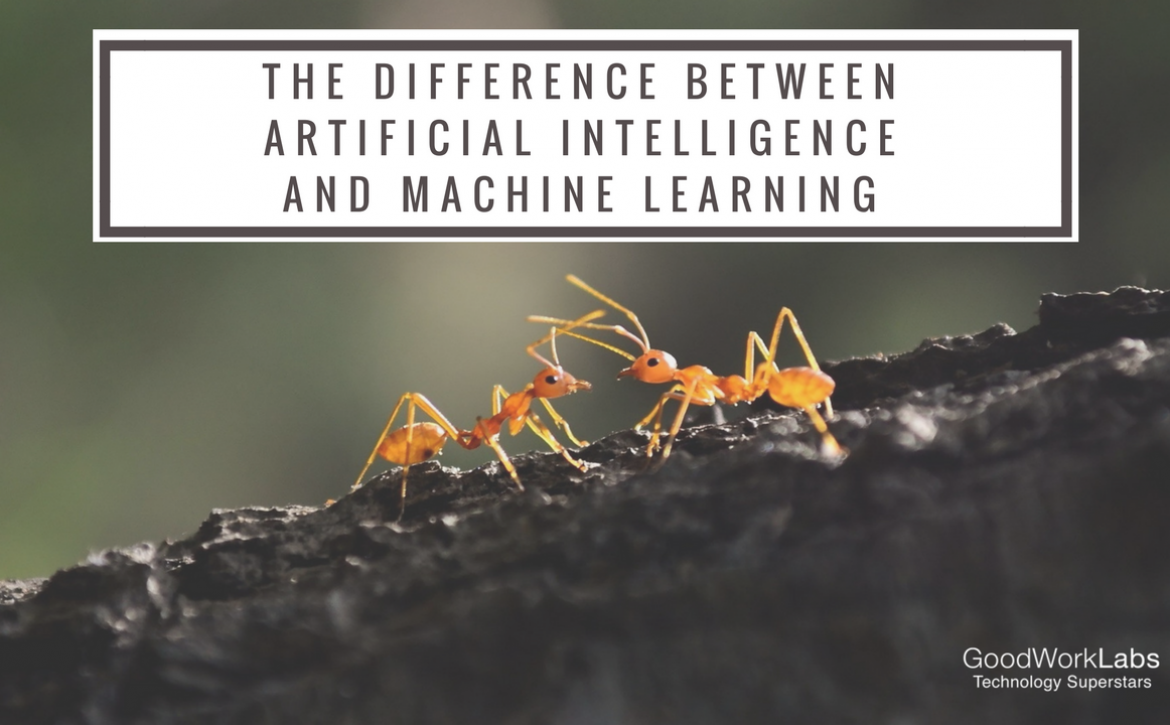Prerequisites For Learning Hadoop & Big Data
Learning Big Data The Right Way
Who should learn Hadoop? – Anybody with basic programming knowledge can learn Hadoop. Mostly professionals from Business Intelligence (BI), SAP, Data Warehouse, ETL, Mainframe background or any other technology domain can start learning Big Data with Hadoop.

When we are discussing the prerequisites for Hadoop, we need to understand that Hadoop is a tool and it does not have any strict perquisites or requirements before because of this only it is the most powerful and useful tool in today’s data world. We need to understand why Hadoop is impacting so much because it is not fixed or restricted in a particular domain.
There is no strict prerequisite to start learning Hadoop. However, if you do want to become an expert and make an excellent career you should at least have a basic knowledge of JAVA & Linux. Don’t have any knowledge of Java & Linux? No worry. You can still learn Hadoop. The Best way would be to also learn Java & Linux parallel. There is an added advantage of learning Java and Linux that we will explain in following points
- There are some advance feature that are only available in Java API.
- It will be beneficial to know Java if you want to go deep into Hadoop & want to learn more about the functionality of particular module.
- Having a solid understanding of Linux Shell will help you understand the HDFS command line. Besides Hadoop was originally built on Linux & it is preferred OS for running Hadoop
There is no strict prerequisite to start learning Hadoop. However, if you want to become an expert in Hadoop and make an excellent career, you should have at least basic knowledge of Java and Linux
To completely understand and become proficient in Hadoop there will be some basic requirements to which developer needs to be familiar with. Familiarity with Linux Systems is a must. Most people lack this ability.
For Hadoop, it depends on which part of the stack you’re talking about. For sure, you’ll need to know how to use the GNU/Linux Operating System. We would also highly recommend programming knowledge and proficiency in Java, Scala, or Python. Things like Storm give you multiple languages to work with. Things like Spark lend itself to Scala. Most components are written in Java so there’s a strong bias to having good Java skills.
“Big Data” is not a thing, but rather descriptive of a data management problem involving the 3 V’s. Big data isn’t something you learn, it’s a problem you have.”
More and more organizations will be adopting Hadoop and other big data stores which will rapidly introduce new, innovative Hadoop solutions. For this, Businesses will hire more big data analytics to provide a better service to their customers and keep their competitive edge. This will open up capabilities for coders and data scientists that will be mind-blowing. – “Jeff Catlin, CEO, Lexalytics”.
So, we recommend the following to kick-start your career in Hadoop.
- Linux Commands – for HDFS [Hadoop Distribution File System]
- Java – For Map Reduce
- SQL – For Databases
- Python to write codes.
Go big with big data!























